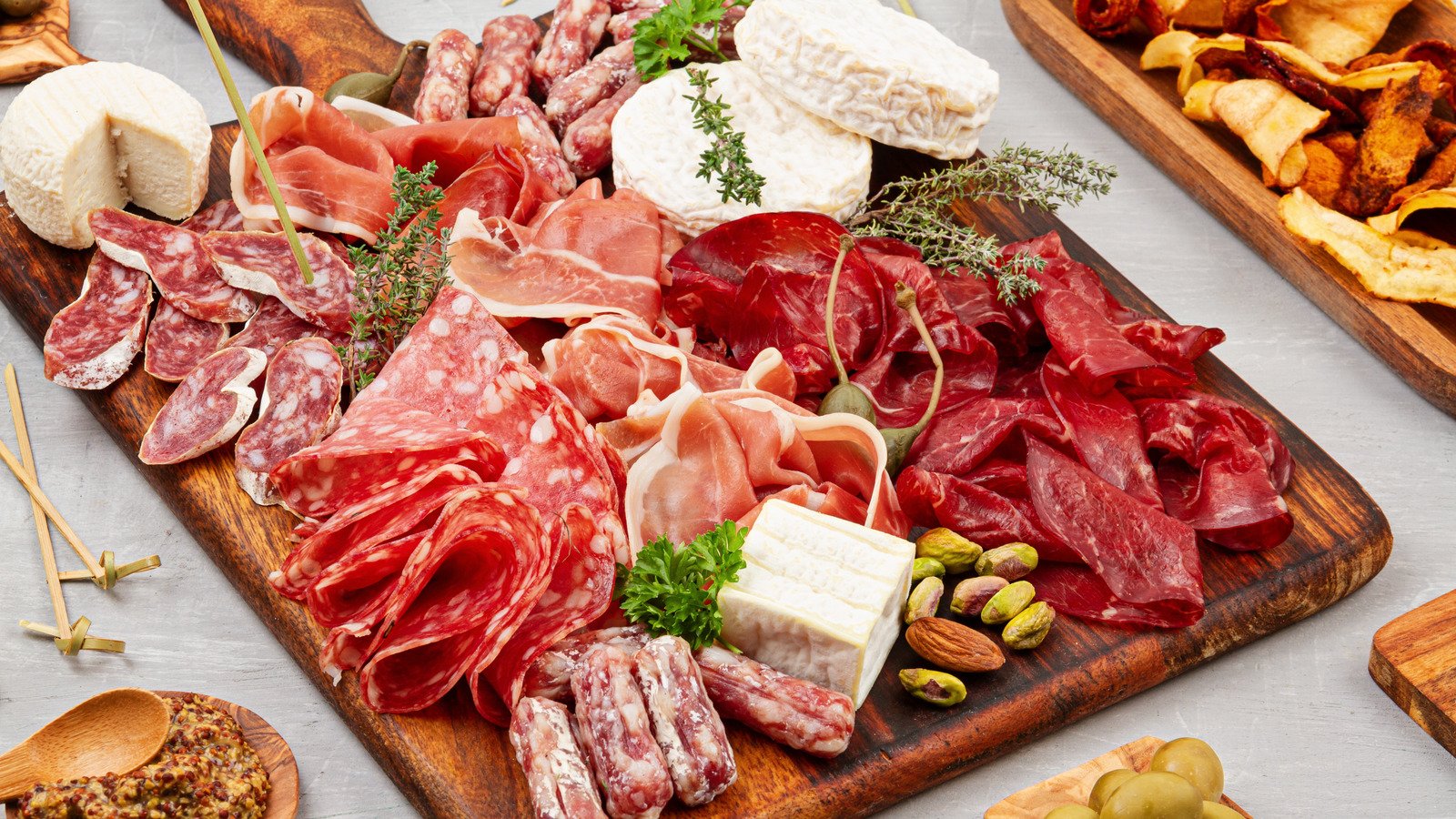The Difference Between A Grazing Table And Charcuterie Board
When it comes to hosting a gathering or a special event, it’s all about the presentation and the food. One popular trend that has taken the culinary world by storm is the art of creating visually stunning grazing tables and charcuterie boards. While both of these options offer an array of delectable treats, they have distinct differences in terms of presentation, variety, and overall experience. In this article, we will delve into the unique characteristics of both grazing tables and charcuterie boards, helping you decide which option suits your next occasion best.
Grazing Tables: A Feast for the Eyes
A grazing table is a large spread of delicious food items artfully arranged on a table. It is meant to be a visual feast for the eyes, with a wide assortment of colors, textures, and flavors. These tables typically feature an abundance of fresh fruits, vegetables, cured meats, cheeses, nuts, dips, bread, and various finger foods. The idea behind a grazing table is to create a communal experience, where guests can walk around, interact, and graze on the delectable offerings at their own pace.
Creating a grazing table requires careful planning and attention to detail. The table should be adorned with beautiful decorations such as floral arrangements, decorative platters, and unique serving utensils. The arrangement of the food items should be done in a way that creates interest and adds to the overall aesthetic appeal. It’s important to consider the flow and balance of flavors, ensuring there is a harmonious mix of sweet, savory, salty, and tangy items.
Charcuterie Boards: An Elegant Display
On the other hand, a charcuterie board is a smaller, more intimate presentation of curated meats, cheeses, and accompaniments. It typically consists of a wooden or slate board filled with an assortment of cured meats, artisanal cheeses, olives, pickles, jams, and bread or crackers. The focus of a charcuterie board is on quality rather than quantity.
Charcuterie boards are often associated with elegance and sophistication. They are perfect for dinner parties or formal occasions where guests can leisurely enjoy a variety of flavors. The arrangement of the items on a charcuterie board is crucial, as it tells a story and allows guests to mix and match flavors to their liking. Each component should complement one another, creating a harmonious taste experience for the palate.
Variety and Customization
When it comes to variety and customization, grazing tables take the crown. As mentioned earlier, grazing tables offer an extensive range of options. From a variety of fruits, vegetables, cheeses, meats, dips, and bread, guests can pick and choose what they prefer. This allows for a wider range of dietary restrictions and preferences to be catered to. On the other hand, a charcuterie board tends to have limited options, with a focus on specific cured meats, cheeses, and accompaniments.
Grazing tables also lend themselves well to catering for larger crowds. The generous spread creates a grand and inviting atmosphere, accommodating the taste buds of all your guests. Charcuterie boards, while elegant, may not be able to cater to a larger gathering as effectively, as they often have a predetermined selection of items.
Interactivity and Experience
One of the key differences between grazing tables and charcuterie boards is the interactive element they bring to the table, both literally and figuratively. Grazing tables encourage guests to mingle, interact, and explore the array of food options. They promote a sense of community and encourage conversations among guests.
On the other hand, charcuterie boards offer a more intimate dining experience. Guests can leisurely enjoy the carefully curated bites, savoring each flavor combination. It’s a perfect opportunity for guests to discuss and appreciate the quality of the ingredients used. Charcuterie boards often serve as conversation starters and create an atmosphere of refinement and indulgence.
Choosing the Right Option
Deciding between a grazing table and a charcuterie board depends on the occasion and the atmosphere you want to create. If you’re hosting a large gathering or want a visually stunning display that caters to a variety of tastes, a grazing table is the way to go. It offers a more vibrant and communal experience.
On the other hand, if you’re hosting a more intimate gathering or a formal event, a charcuterie board provides an elegant and refined dining experience. It encourages guests to savor each bite and share their appreciation for the art of artisanal meats and cheeses.
In Conclusion
In summary, grazing tables and charcuterie boards have their own unique characteristics that set them apart. Grazing tables are grand, vibrant, and perfect for larger crowds, while charcuterie boards offer elegance and sophistication in a more intimate setting. Ultimately, the choice between the two depends on the occasion, the desired atmosphere, and the preferences of your guests. Whatever option you choose, both grazing tables and charcuterie boards guarantee a memorable and delicious experience for all.
*Source www.tastingtable.com




































